

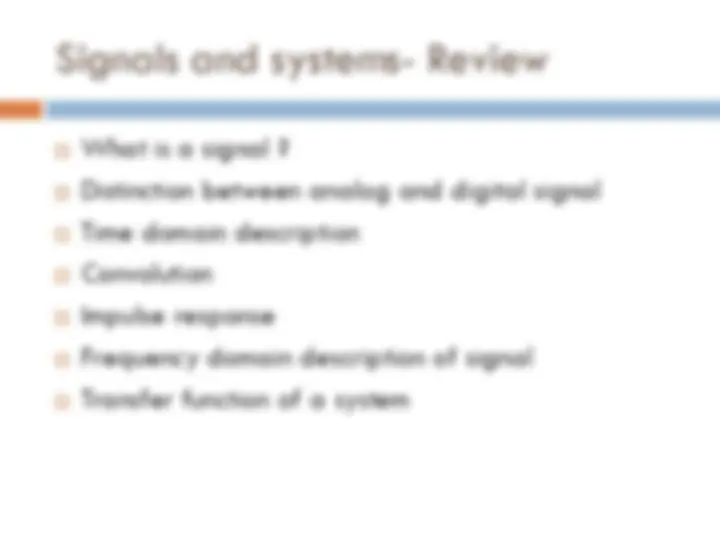
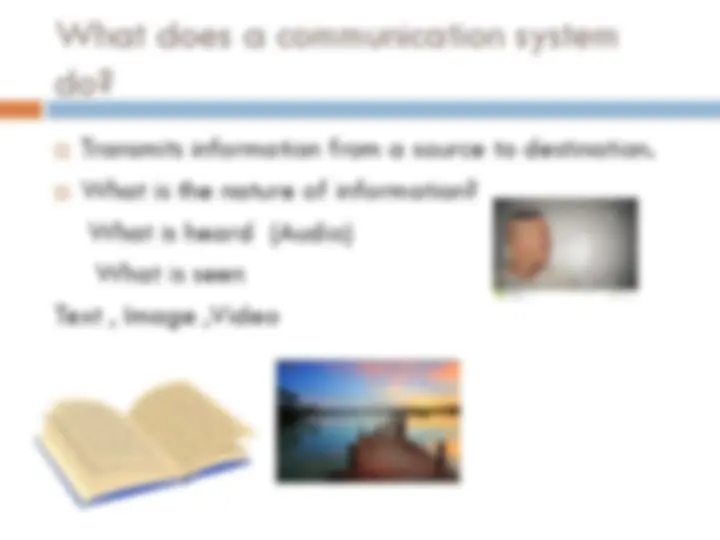
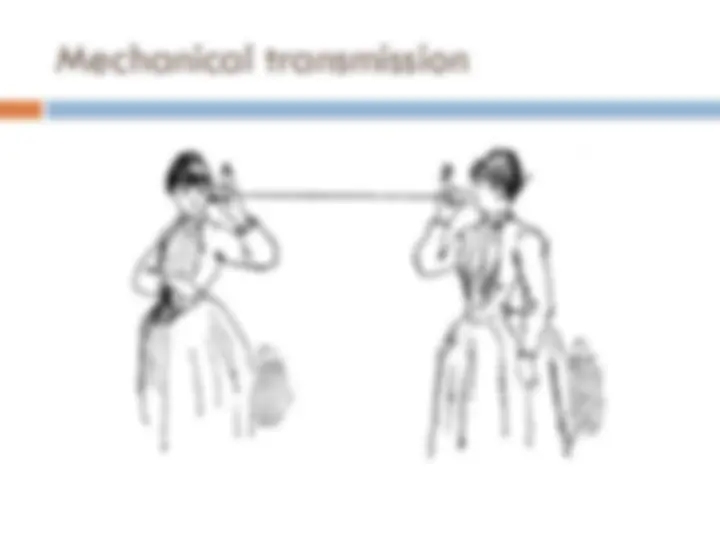
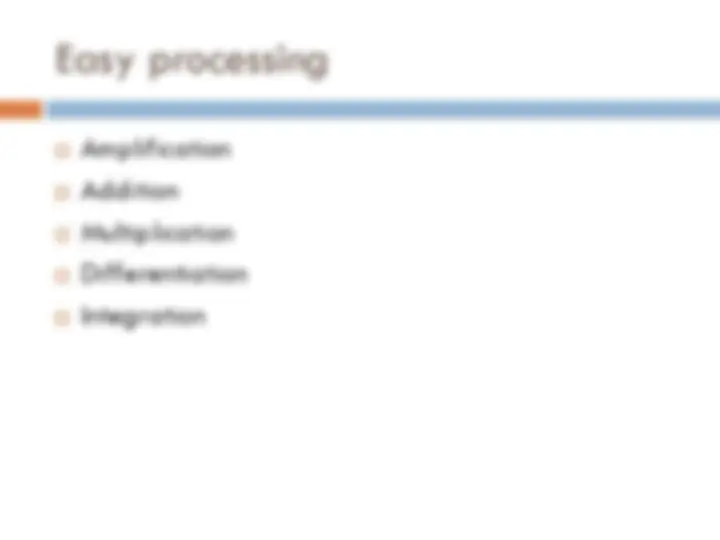
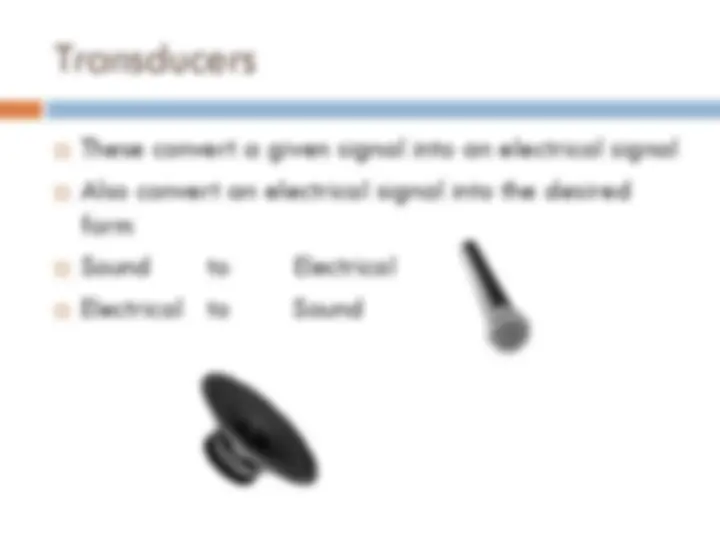
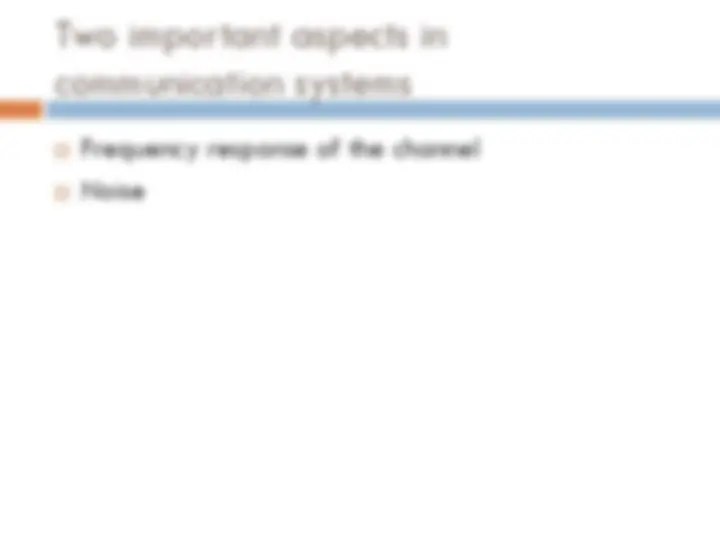
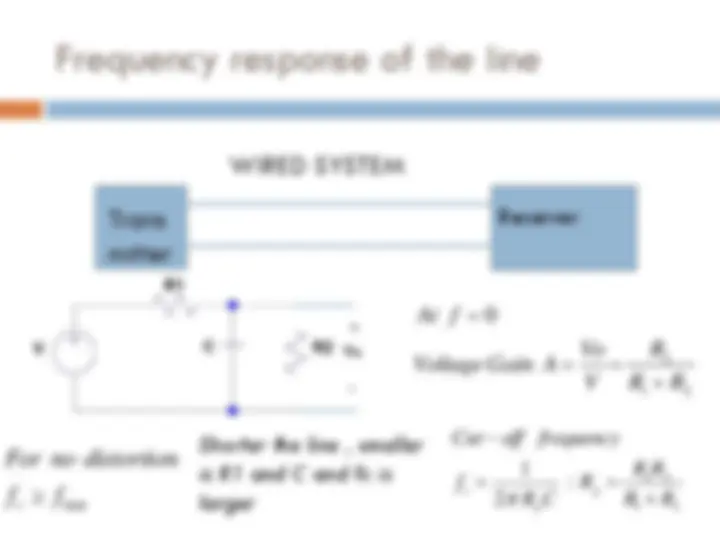
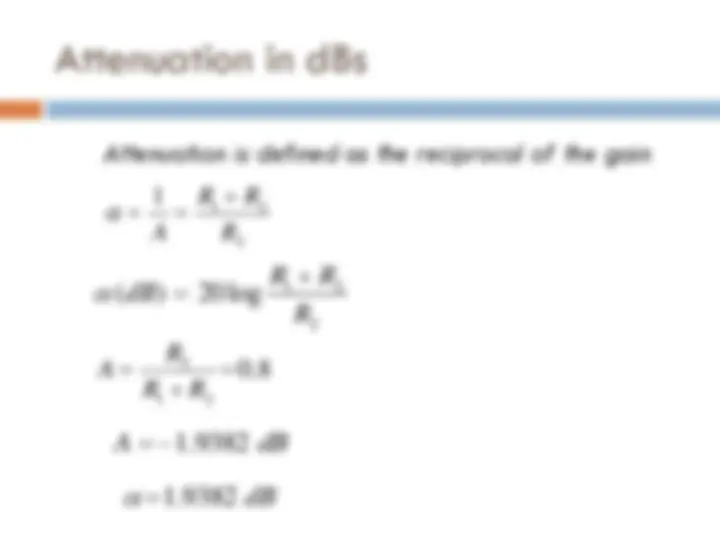
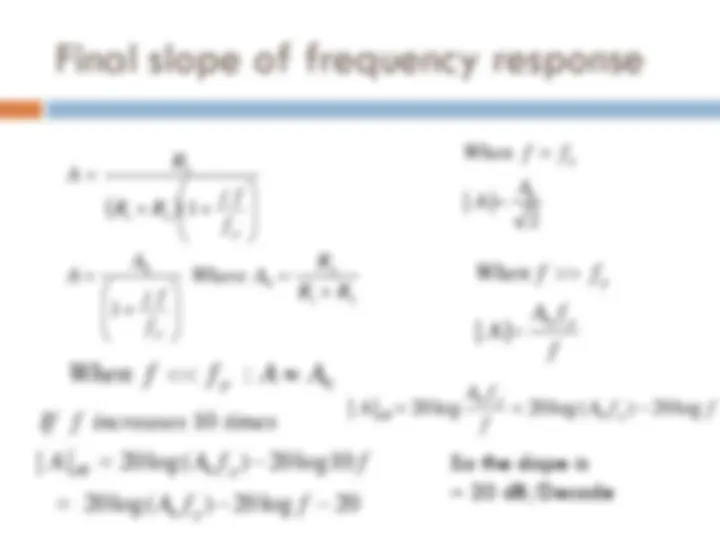
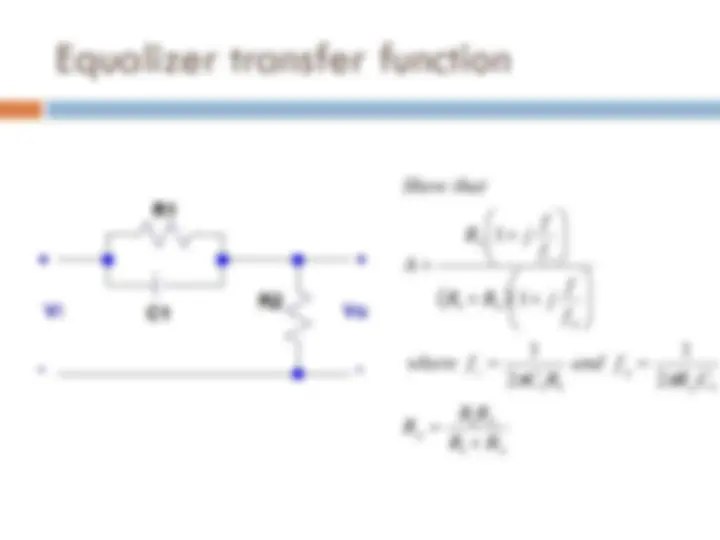
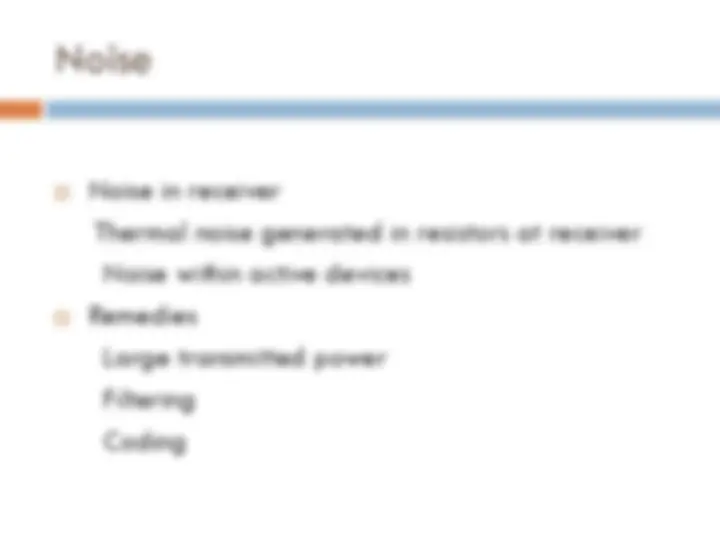
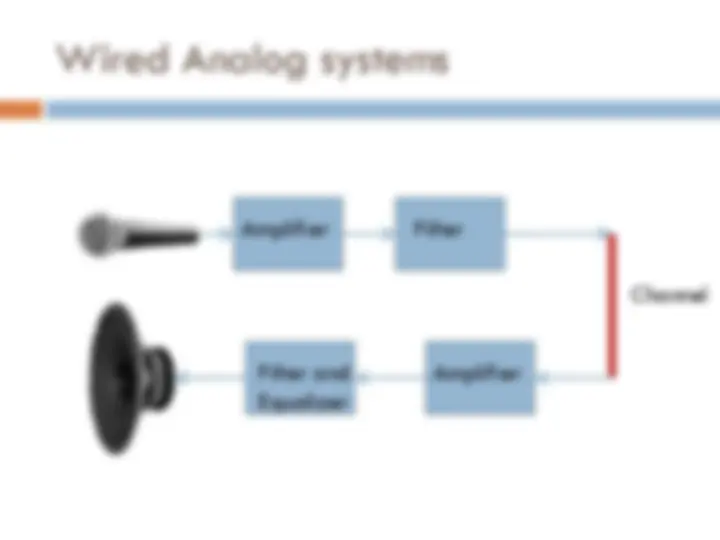
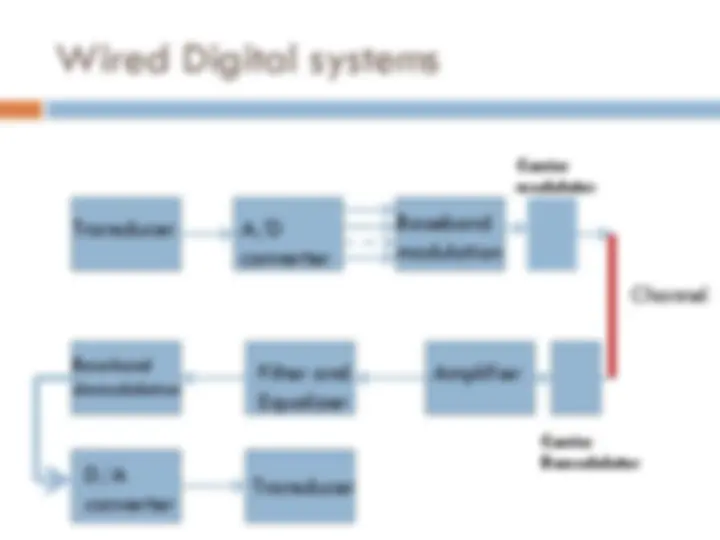
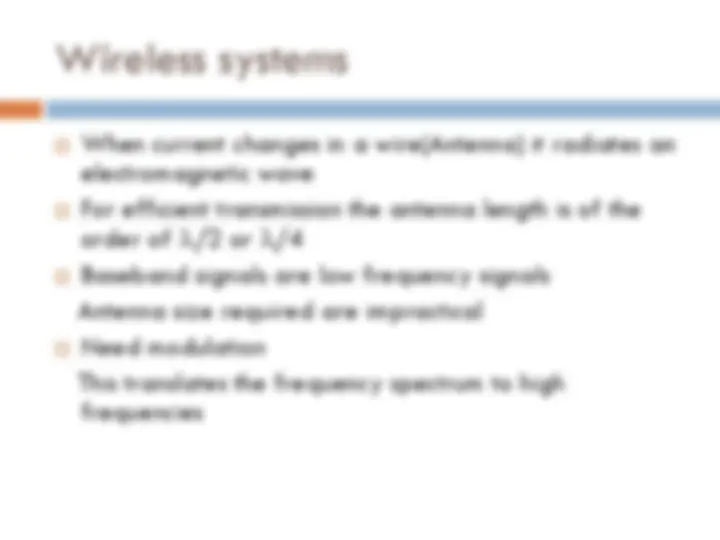
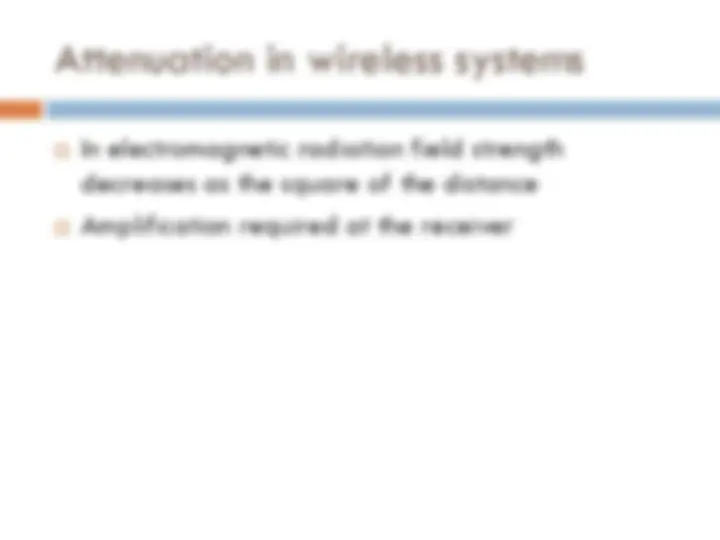
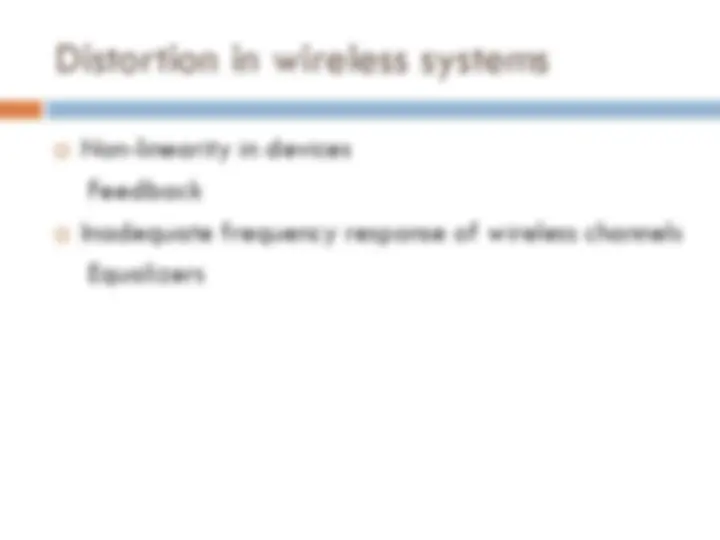

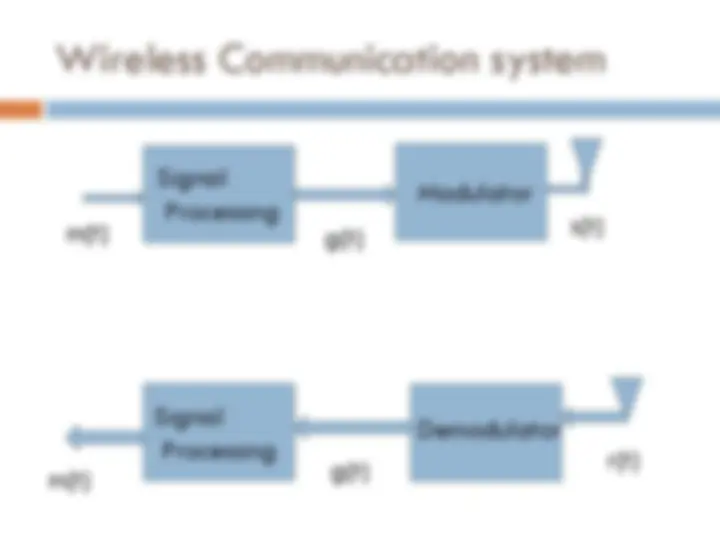
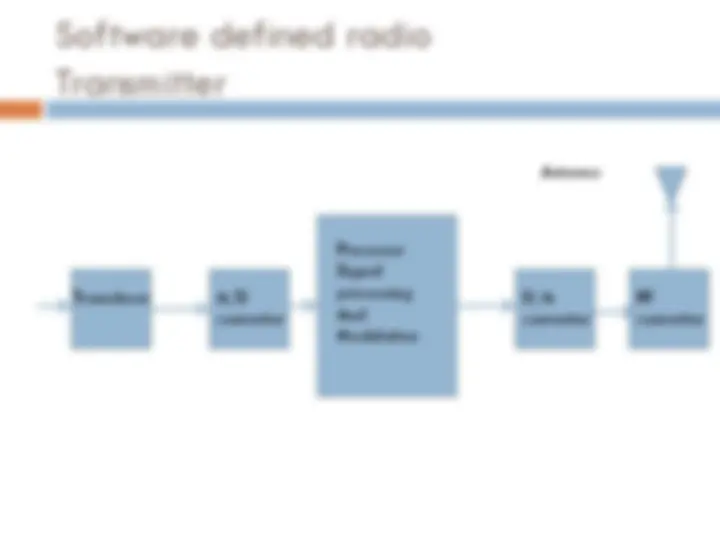
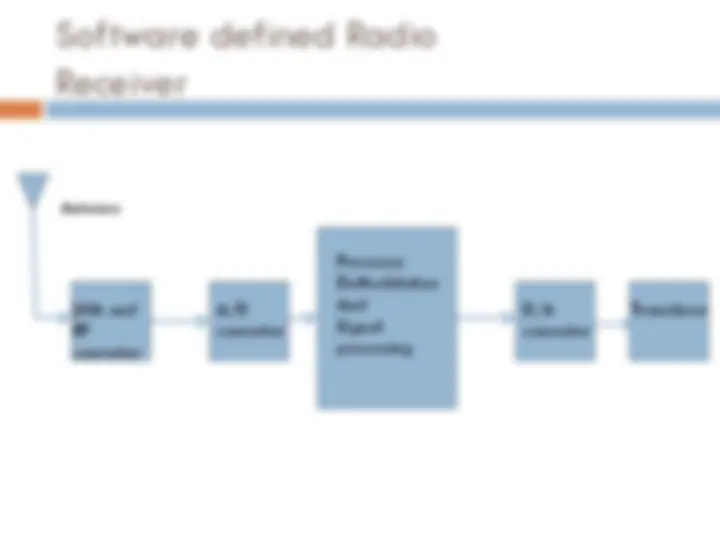
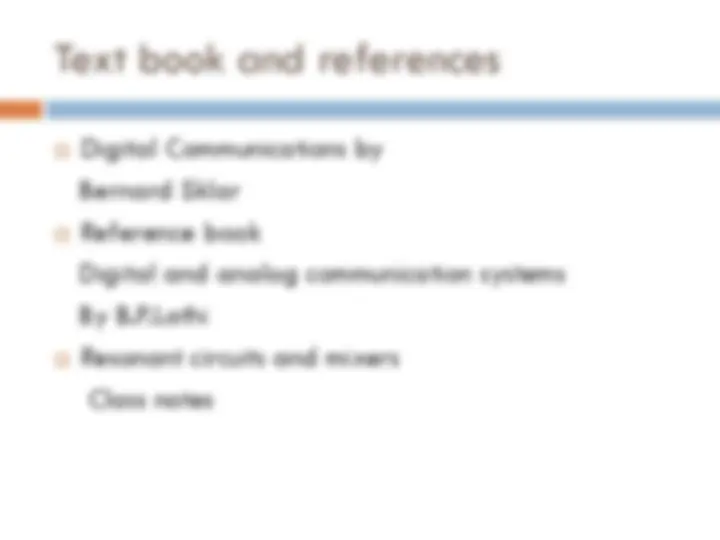


Study with the several resources on Docsity

Earn points by helping other students or get them with a premium plan


Prepare for your exams
Study with the several resources on Docsity

Earn points to download
Earn points by helping other students or get them with a premium plan
Community
Ask the community for help and clear up your study doubts
Discover the best universities in your country according to Docsity users
Free resources
Download our free guides on studying techniques, anxiety management strategies, and thesis advice from Docsity tutors
Introduction to Analog and Digital communication
Typology: Slides
1 / 30

This page cannot be seen from the preview
Don't miss anything!























What does a communication system
do?
Transmits information from a source to destination.
What is the nature of information?
What is heard (Audio)
What is seen
Text , Image ,Video
Information transmitted as an electric
signal
Why?
Transmission is easy
Two important aspects in
communication systems
Frequency response of the channel
Noise
Frequency response of the line
Trans
mitter
WIRED SYSTEM
1 2
2
1 2
1 2 : 2
f
Cut off frequency
p p
c
f fmax
For no distortion
c
Vo
1 2
1 2
1 2
2
and R R C
where f
f
j f R R
Show that
p p
p
p
1 2
1 2
1 1 1
1 2
2
and f C R
where f
f
f R R j
f
f R j
Showthat
p
p
z p
p
z